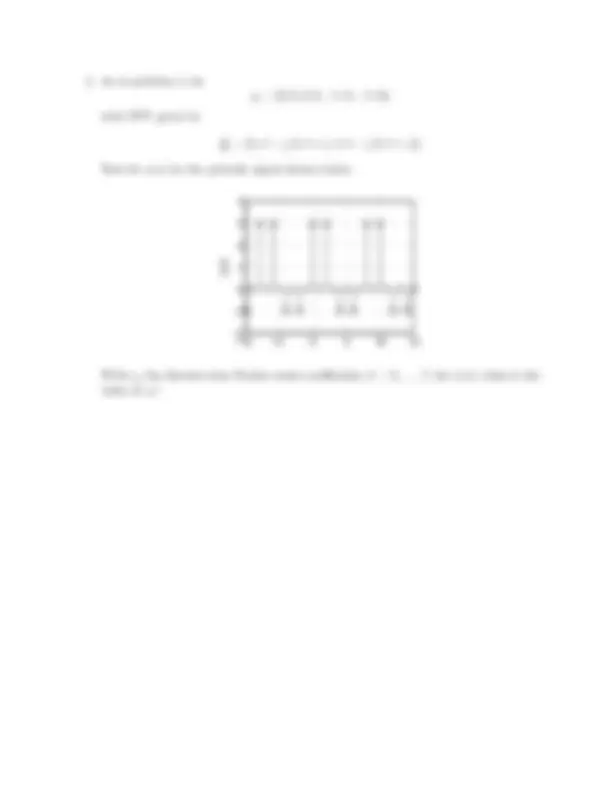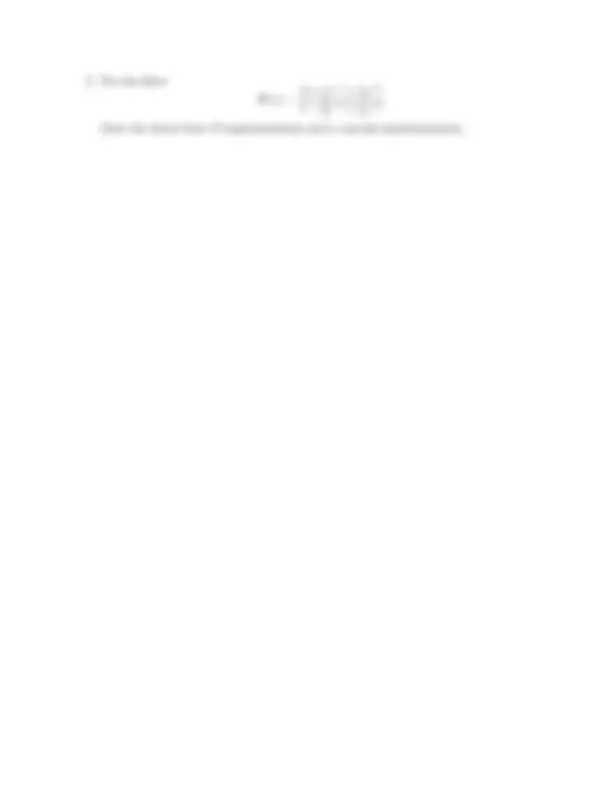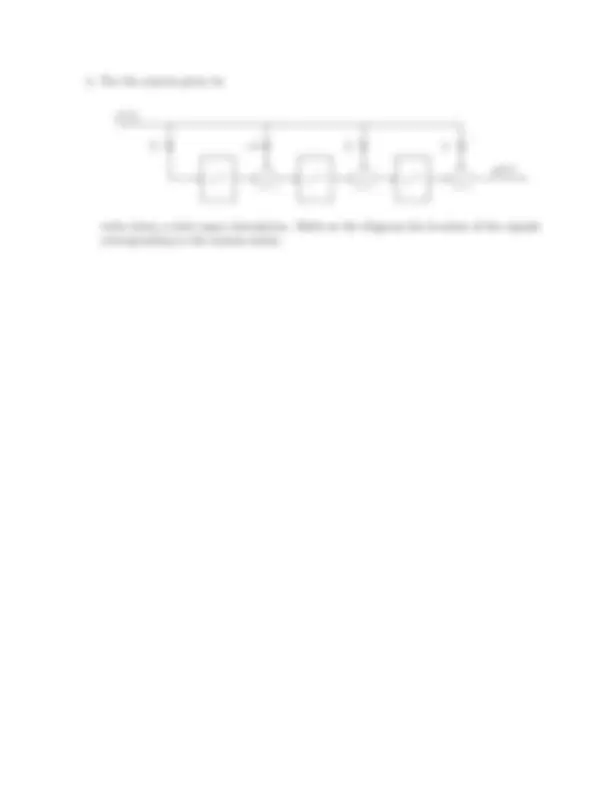







Study with the several resources on Docsity

Earn points by helping other students or get them with a premium plan


Prepare for your exams
Study with the several resources on Docsity

Earn points to download
Earn points by helping other students or get them with a premium plan
Community
Ask the community for help and clear up your study doubts
Discover the best universities in your country according to Docsity users
Free resources
Download our free guides on studying techniques, anxiety management strategies, and thesis advice from Docsity tutors
Material Type: Exam; Class: Digital Signal Processing I; Subject: Electrical and Computer Engr; University: Illinois Institute of Technology; Term: Fall 2002;
Typology: Exams
1 / 9

This page cannot be seen from the preview
Don't miss anything!






ECE 437 Digital Signal Processing I FALL 2002 ECE 436 Digital Signal Processing I with Laboratory FALL 2002
Exam # November 25, 2002
Name:
There are six questions on the exam, weighted as shown below in determining the final score. Do all you work on these pages and indicate your final answer clearly. There are two extra blank pages at the back if you need the space, and you can use the backs of the sheets too if necessary. Neatness and clarity are important and can influence your grade! The exam is closed book, closed notes.
Grades
Total (100 pts.)
−10 −5 0 5 10 15
−
−
0
1
2
3
4
x(n)
With X(ω) the DTFT of x(n), what is the value of X(π/4)?
H(z) =
2 + 4z−^1 + 2z−^2 1 − 34 z−^1 + 18 z−^2 draw the direct form II implementation and a cascade implementation.
???
∂≥
∂≥
∂≥
x(n)
y(n)
write down a state space description. Mark on the diagram the location of the signals corresponding to the system states.
{H(k)} is the DFT of {h(0), h(1), 0 , 0 } {X 1 (k)} is the DFT of { 0 , x(0), x(1), x(2)} {X 2 (k)} is the DFT of {x(2), x(3), x(4), x(5)}
With Y 1 (k) = H(k)X 1 (k) and Y 2 (k) = H(k)X 2 (k) we have
Y 1 = {− 1 , − 2 − j, 9 , −2 + j} Y 2 = { 0 , 0 , − 12 , 0 }
For y(n) = h(n) ∗ x(n) (linear convolution), find y(n) for n = 0, 1 , 2 , 3 , 4 , 5.
Extra worksheet.